By Kristina Seleshanko
When we purchased our mountaintop homestead, I was excited to discover four blueberry bushes that were already established on our property. Not all of them were large, but they were an excellent addition to the potted blueberry plants we brought with us from our previous home. I’d read once that one blueberry plant per family member would supply plenty of fresh blueberries to go around, but that’s just not the case with my berry-loving family! In fact, for years, I struggled to grow enough blueberries to keep everyone really satisfied, and it wasn’t until we more than doubled our bushes that I finally grew enough to preserve for off-season eating.
That said, there was a problem with the established blueberries on our homestead: they hadn’t been pruned in years.
When I first started growing blueberries, I was told they didn’t need pruning. Experience, however, has taught me this is only a half-truth. While you can get away with not pruning blueberries, eventually this neglect will make them peter out in berry production. So if your bushes have the environmental things they need (acidic soil, sun, not a lot of competition from other plants, including grass), but aren’t producing well, they almost certainly need a good pruning.
In addition to keeping bushes producing abundantly, pruning has other benefits. Pruning helps plants produce bigger individual berries and tends to make harvests more bountiful. Pruning also makes harvesting easier and helps keep blueberry bushes healthy by giving the limbs better air circulation, which reduces the chances of disease. Pruning may also lead to faster ripening, since it allows the plant’s berries to soak up more sun.
When to prune blueberry bushes
You can prune blueberry bushes any time of year, but the best time to prune is when they are beginning to form buds. When exactly this happens depends upon your weather conditions. In areas with very mild winters, bushes might be ready in January. In areas where there are harsher winters, early spring is probably a more realistic time for pruning.
When pruning in winter or early spring, not only is it easier to really see what you’re doing (because the bushes don’t have leaves yet), but the plants will respond with more vigorous growth.
How to prune blueberry bushes
First, remove all suckers. These are new shoots near the bottom of the plant. They suck energy from the rest of the bush, and may lead to fruit sitting on the ground where it will tend to rot faster.
Remove all dead or gray branches. This gets them out of your way when harvesting, encourages new growth, and helps ward off disease.
Next, remove any branches that cross each other, especially if the branches touch. Remove branches that point toward the center of the bush. This allows better air flow and lets sunlight reach all the berries.
Finally, remove any branches that don’t have new growth. They may not be dead, but if there are no buds on them, they are sucking energy from the plant without giving you the benefit of fruit.
If the bushes are at least a year old, don’t be afraid to prune 50% or even 70% of each bush’s branches. This may seem like overkill, but if you’ve ever pruned fruit trees, you know that many plants thrive when pruned hard. Blueberries are among them.
What to do with blueberry prunings
Some people may throw blueberry prunings to the curb for the city to pick up, but homesteaders can find a number of good uses for them. For example, you could burn them, then add the ash to your garden soil. Blueberries don’t appreciate ashes, so use them elsewhere.
You could also chip the blueberry branches and use them as mulch in the garden. Since blueberry branches are rather slim, don’t expect to get a lot of mulch from them. But if you have other branches to chip, too, adding your blueberry prunings to the pile may be a good idea.
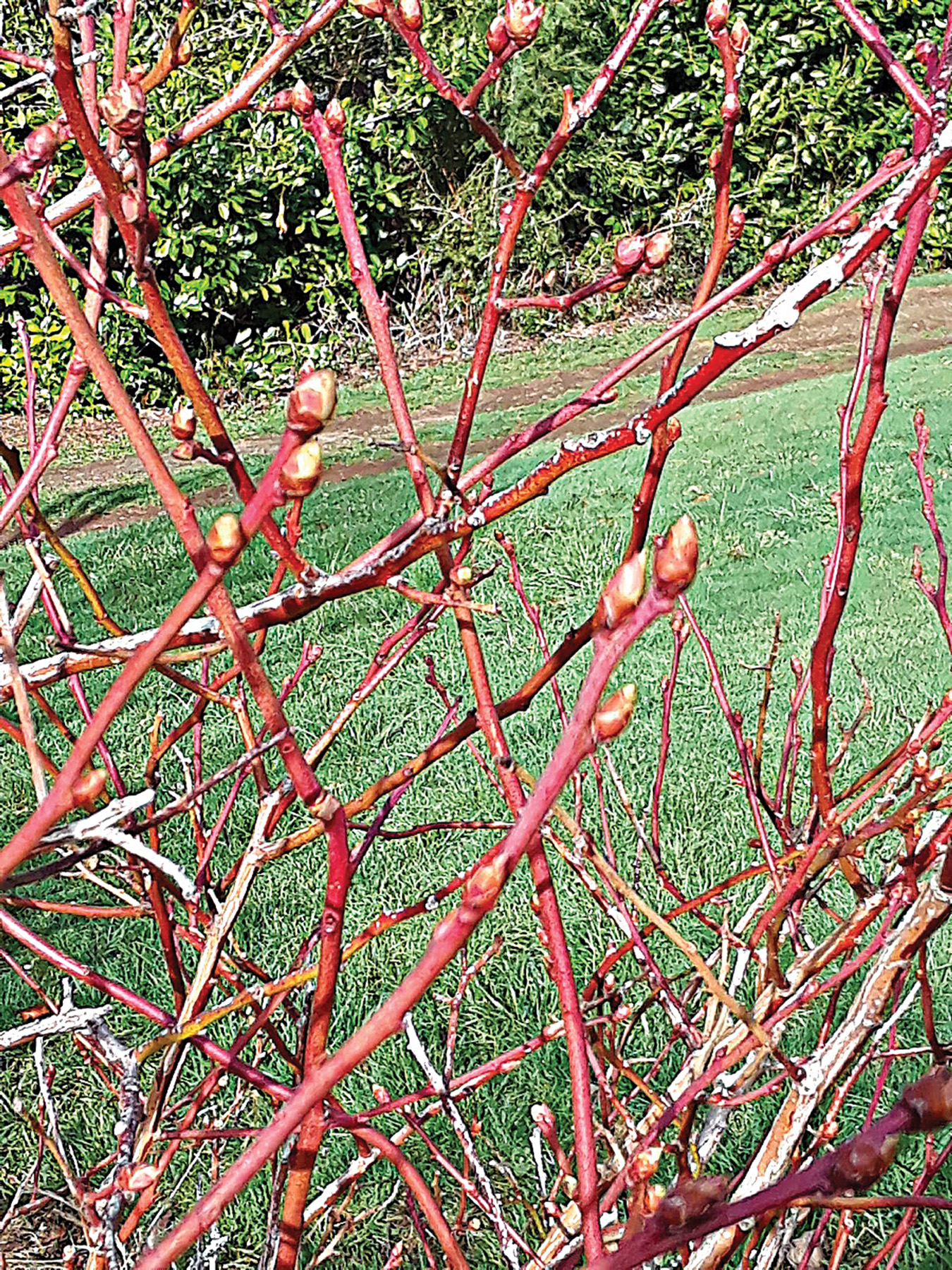
The perfect time to prune blueberry bushes is when they are budding out, but don’t have leaves.
If you have rabbits, hamsters, or guinea pigs on your homestead, you know they must have woody things to chew on to keep their teeth in healthy condition. Blueberry branches are safe for this purpose and a favorite among many lagomorphs and rodents. To keep the branches from molding while in storage, put them in a single layer on a rimmed baking sheet, then dry them in the oven, set to its lowest temperature. You can also dry them in a food dehydrator. Continue drying until you can easily snap branches in two and feel no moisture coming from the center of each branch. Rabbits and rodents can also safely eat fresh blueberry branches.
One last step
When I’m done pruning, I always fertilize my blueberry plants. Blueberries love acidic soil (with a pH of at least 5.5), and even though the soil on my homestead is naturally acidic, I find my blueberry bushes seem happier if I give them a little boost once a year.
If you don’t know the acidity of your soil, it’s wise to do a soil test before amending or fertilizing. An inexpensive home test kit will do the trick; you’ll find them at garden centers, farm and feed stores, and online.
To make the soil more acidic, coffee grounds and tea leaves can be added, as can an inch or two of Sphagnum peat. Elemental sulfate works, too, but I recommend avoiding aluminum sulfate and iron sulfate because they can make quick, radical changes to the soil that could harm plants.
I use a commercial fertilizer that’s made especially for blueberries, rhododendrons, azaleas, hydrangeas, and other acid-loving plants. Just sprinkle the fertilizer around the base of the bushes, then water well. Don’t dig the fertilizer into the soil, because blueberries tend to have shallow root systems that could be easily damaged. Finally, I refresh the wood chip mulch around my bushes. As those wood chips break down, they also add some acidity to the soil.
Pruning and fertilizing take just minutes per plant, and you’ll find the time spent is certainly worthwhile when you start harvesting those tasty, healthy fruits.
Kristina Seleshanko homesteads on 15 acres with her husband and two children, who are blueberry-eating experts. She blogs about homesteading and more at www.ProverbsThirtyOneWoman.blogspot.com.


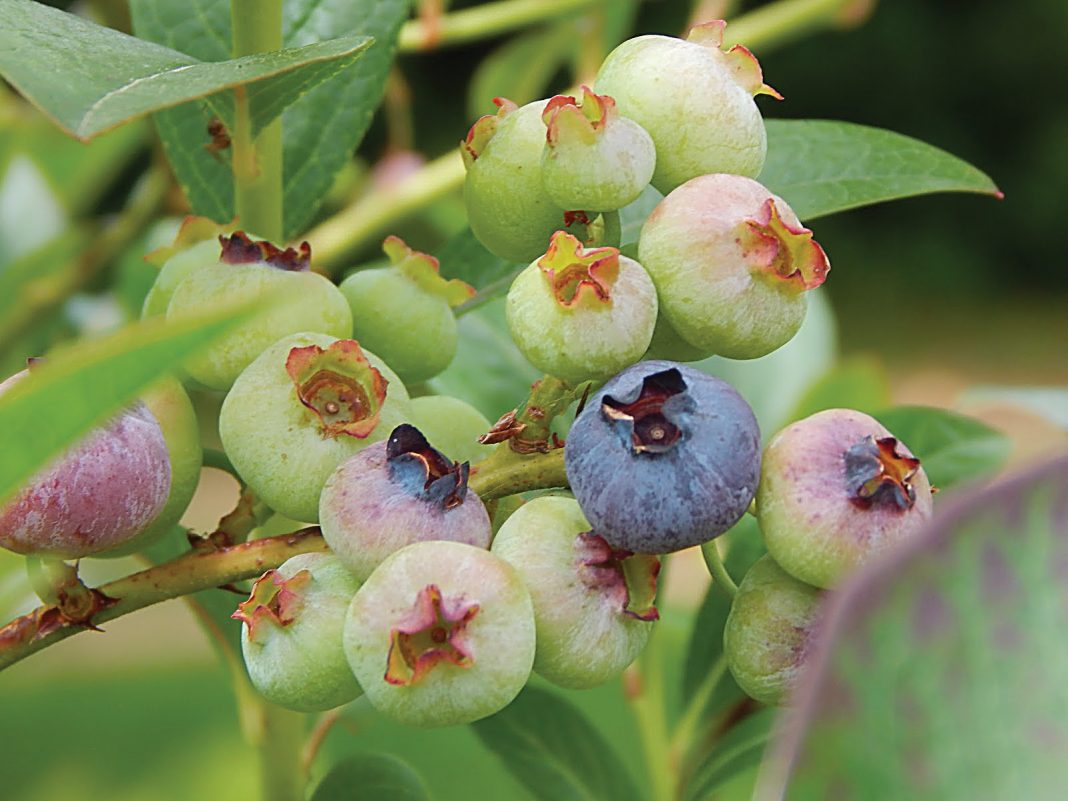
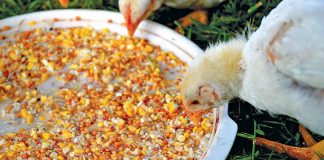
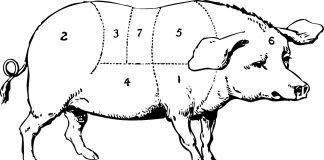




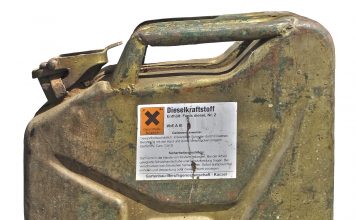
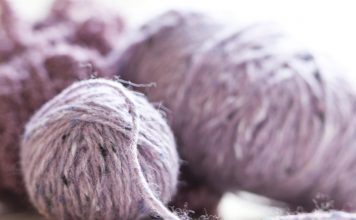
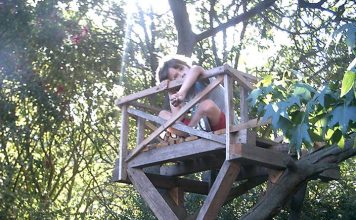
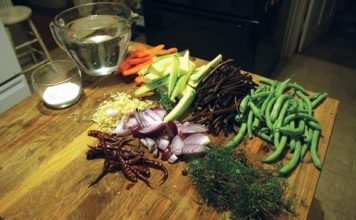

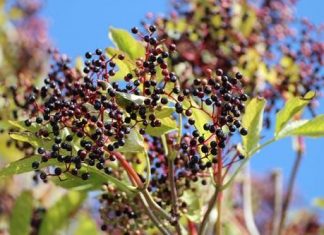
After reading your article in backwoods home one additional use for prunings came to mind taught to me by a blueberry plant producer. One can simply place the prunings directly in moist soil. The producer used just a composite bag, and poked prunings inside along with holes poked in bottomside of bag. They developed roots allowing for cheep new plants.